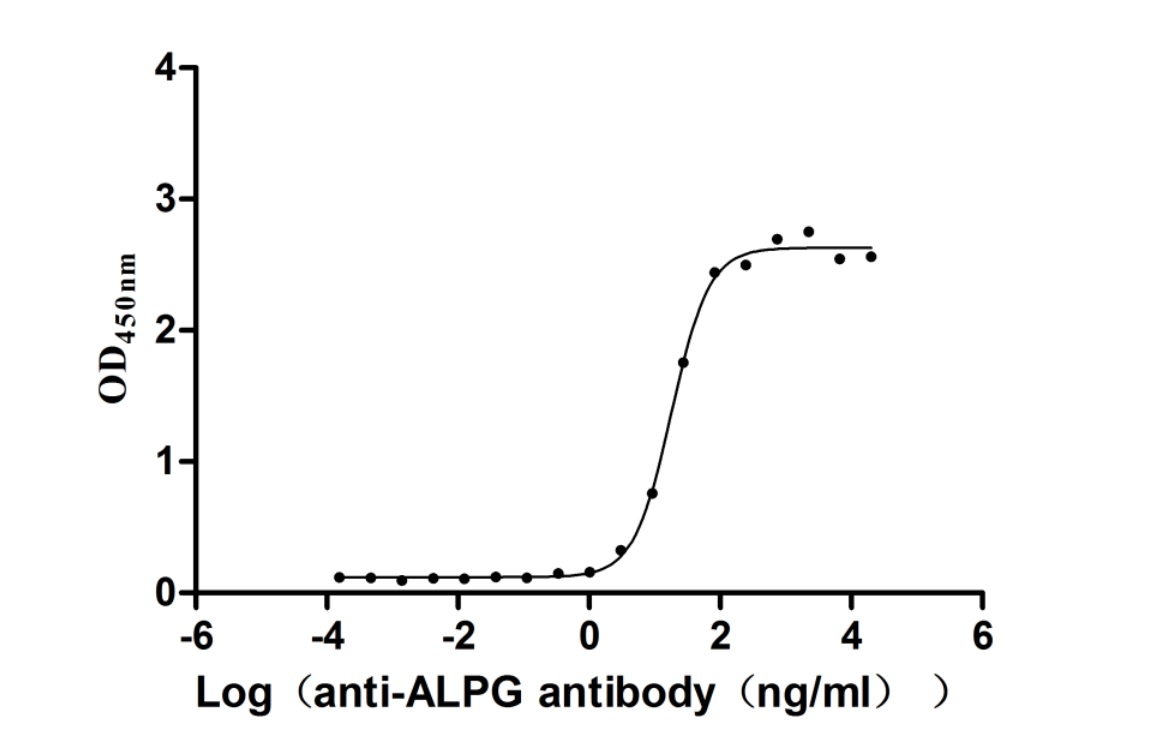Recombinant Mouse Sodium channel protein type 9 subunit alpha (Scn9a), partial
-
中文名稱:小鼠Scn9a重組蛋白
-
貨號:CSB-YP730780MO
-
規(guī)格:
-
來源:Yeast
-
其他:
-
中文名稱:小鼠Scn9a重組蛋白
-
貨號:CSB-EP730780MO
-
規(guī)格:
-
來源:E.coli
-
其他:
-
中文名稱:小鼠Scn9a重組蛋白
-
貨號:CSB-EP730780MO-B
-
規(guī)格:
-
來源:E.coli
-
共軛:Avi-tag Biotinylated
E. coli biotin ligase (BirA) is highly specific in covalently attaching biotin to the 15 amino acid AviTag peptide. This recombinant protein was biotinylated in vivo by AviTag-BirA technology, which method is BriA catalyzes amide linkage between the biotin and the specific lysine of the AviTag.
-
其他:
-
中文名稱:小鼠Scn9a重組蛋白
-
貨號:CSB-BP730780MO
-
規(guī)格:
-
來源:Baculovirus
-
其他:
-
中文名稱:小鼠Scn9a重組蛋白
-
貨號:CSB-MP730780MO
-
規(guī)格:
-
來源:Mammalian cell
-
其他:
產(chǎn)品詳情
-
純度:>85% (SDS-PAGE)
-
基因名:Scn9a
-
Uniprot No.:
-
別名:Scn9a; Kiaa4197; Sodium channel protein type 9 subunit alpha; Peripheral sodium channel 1; PN1; Sodium channel protein type IX subunit alpha; Voltage-gated sodium channel subunit alpha Nav1.7
-
種屬:Mus musculus (Mouse)
-
蛋白長度:Partial
-
蛋白標簽:Tag?type?will?be?determined?during?the?manufacturing?process.
The tag type will be determined during production process. If you have specified tag type, please tell us and we will develop the specified tag preferentially. -
產(chǎn)品提供形式:Lyophilized powder
Note: We will preferentially ship the format that we have in stock, however, if you have any special requirement for the format, please remark your requirement when placing the order, we will prepare according to your demand. -
復溶:We recommend that this vial be briefly centrifuged prior to opening to bring the contents to the bottom. Please reconstitute protein in deionized sterile water to a concentration of 0.1-1.0 mg/mL.We recommend to add 5-50% of glycerol (final concentration) and aliquot for long-term storage at -20℃/-80℃. Our default final concentration of glycerol is 50%. Customers could use it as reference.
-
儲存條件:Store at -20°C/-80°C upon receipt, aliquoting is necessary for mutiple use. Avoid repeated freeze-thaw cycles.
-
保質(zhì)期:The shelf life is related to many factors, storage state, buffer ingredients, storage temperature and the stability of the protein itself.
Generally, the shelf life of liquid form is 6 months at -20°C/-80°C. The shelf life of lyophilized form is 12 months at -20°C/-80°C. -
貨期:Delivery time may differ from different purchasing way or location, please kindly consult your local distributors for specific delivery time.Note: All of our proteins are default shipped with normal blue ice packs, if you request to ship with dry ice, please communicate with us in advance and extra fees will be charged.
-
注意事項:Repeated freezing and thawing is not recommended. Store working aliquots at 4°C for up to one week.
-
Datasheet :Please contact us to get it.
靶點詳情
-
功能:Mediates the voltage-dependent sodium ion permeability of excitable membranes. Assuming opened or closed conformations in response to the voltage difference across the membrane, the protein forms a sodium-selective channel through which Na(+) ions may pass in accordance with their electrochemical gradient. It is a tetrodotoxin-sensitive Na(+) channel isoform. Plays a role in pain mechanisms, especially in the development of inflammatory pain.
-
基因功能參考文獻:
- Nav1.7, known to regulate opioid receptor efficacy, interacts with the G protein-regulated inducer of neurite outgrowth (Gprin1), an opioid receptor-binding protein, demonstrating a physical and functional link between Nav1.7 and opioid signalling. PMID: 29335280
- the NaV1.7 channel is an important mechanism underlying hyperalgesia PMID: 28562485
- Voltage-gated sodium channel Nav1.7 controls the efficacy and balance of heterotrimeric guanine nucleotide-binding protein-coupled receptor (GPCR)-mediated pro- and antinociceptive intracellular signaling. PMID: 28074005
- the FGF13/Nav1.7 complex is essential for sustaining the transmission of noxious heat signals PMID: 28162808
- this paper shows that Nav1.7, by coupling with CRMP1, mediates the axonal retrograde signaling of Sema3A in axonal guidance PMID: 28254884
- Experiments show that integration of synaptic inputs over time by Nav1.7 is critical for body weight regulation and reveal a mechanism for synaptic control of circuits regulating long term homeostatic functions. PMID: 27315482
- Global Nav1.7 knockouts showed no defects in mechanical sensitivity or overall movement yet were completely insensitive to painful tactile, thermal, and chemical stimuli and were anosmic. PMID: 25188265
- Sodium channel Nav1.7, encoded by SCN9A, is expressed in DRG neurons and regulates their excitability. PMID: 25209274
- a novel regulatory mechanism that utilizes CRMP2 SUMOylation to choreograph NaV1.7 trafficking. PMID: 23836888
- Deleting SCN9A in both sensory and sympathetic neurons abolishes pain sensations. PMID: 22531176
- Nav1.7 is the dominant sodium channel in rat and mouse olfactory sensory neurons. PMID: 21569247
- Na(v)1.7 is not only necessary for pain sensation but is also an essential requirement for odour perception in both mice and humans PMID: 21441906
- examined the function of Na(v)1.7 (PN1) in pain pathways [Na(v)1.7] PMID: 15314237
顯示更多
收起更多
-
亞細胞定位:Cell membrane; Multi-pass membrane protein. Cell projection, neuron projection.
-
蛋白家族:Sodium channel (TC 1.A.1.10) family, Nav1.7/SCN9A subfamily
-
組織特異性:Expressed strongly in sciatic nerves, with moderate levels in kidney. Not detected in liver, brain and muscle.
-
數(shù)據(jù)庫鏈接:
Most popular with customers
-
Recombinant Human Tumor necrosis factor receptor superfamily member 8 (TNFRSF8), partial (Active)
Express system: Mammalian cell
Species: Homo sapiens (Human)
-
Recombinant Human Tumor necrosis factor ligand superfamily member 9 (TNFSF9), partial (Active)
Express system: Mammalian cell
Species: Homo sapiens (Human)
-
Recombinant Human Tyrosine-protein kinase Mer (MERTK), partial (Active)
Express system: Mammalian cell
Species: Homo sapiens (Human)
-
Recombinant Human Cytokine receptor common subunit beta (CSF2RB), partial (Active)
Express system: Mammalian cell
Species: Homo sapiens (Human)
-
Recombinant Mouse Microtubule-associated protein tau (Mapt) (Active)
Express system: Mammalian cell
Species: Mus musculus (Mouse)
-
Recombinant Macaca fascicularis Claudin 18.2 (CLDN18.2)-VLPs (Active)
Express system: Mammalian cell
Species: Macaca fascicularis (Crab-eating macaque) (Cynomolgus monkey)
-
Recombinant Mouse Claudin-18.2 (Cldn18.2)-VLPs (Active)
Express system: Mammalian cell
Species: Mus musculus (Mouse)
-
Recombinant Human Alkaline phosphatase, germ cell type (ALPG) (Active)
Express system: Mammalian cell
Species: Homo sapiens (Human)


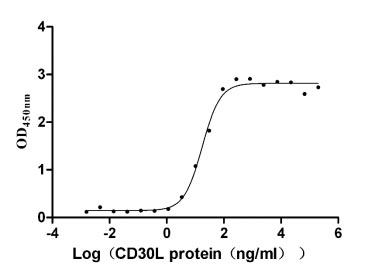
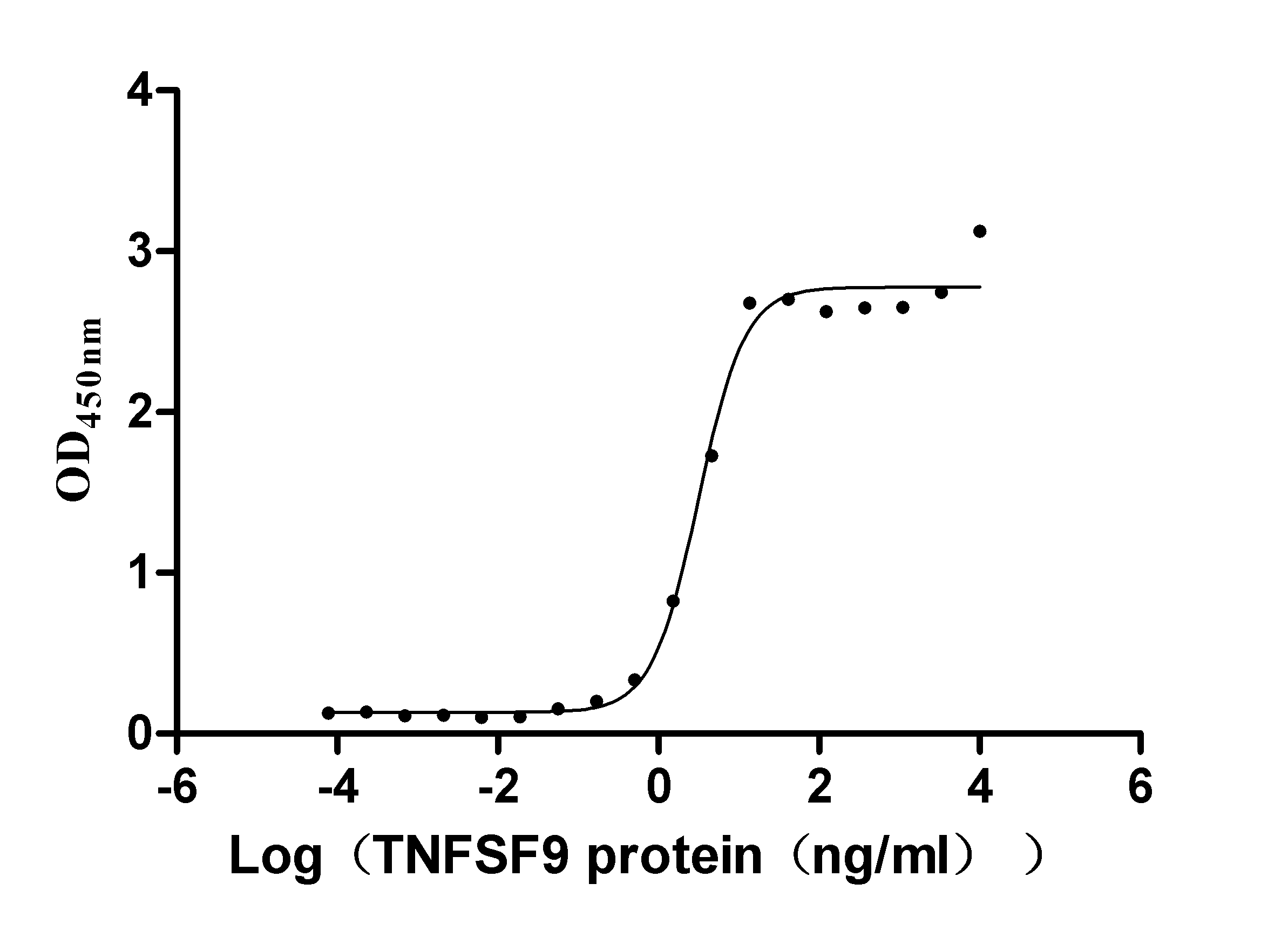
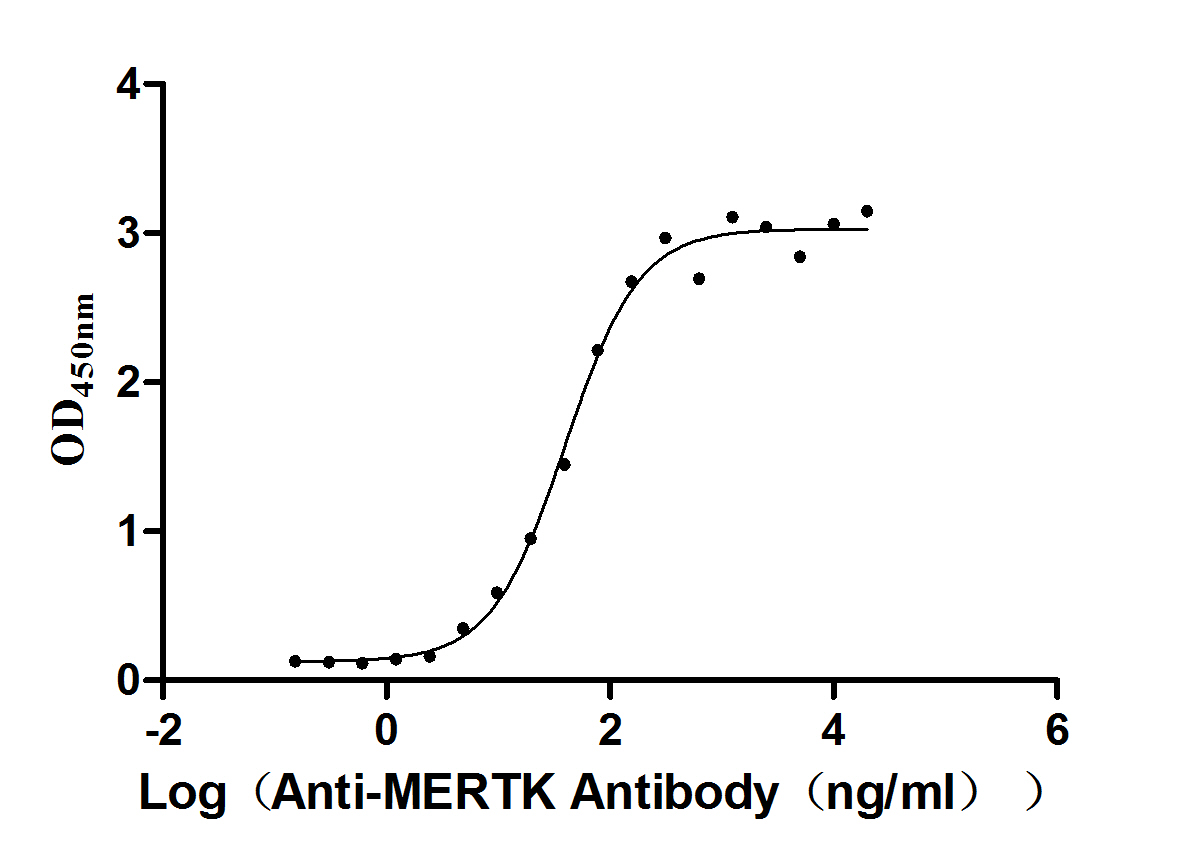
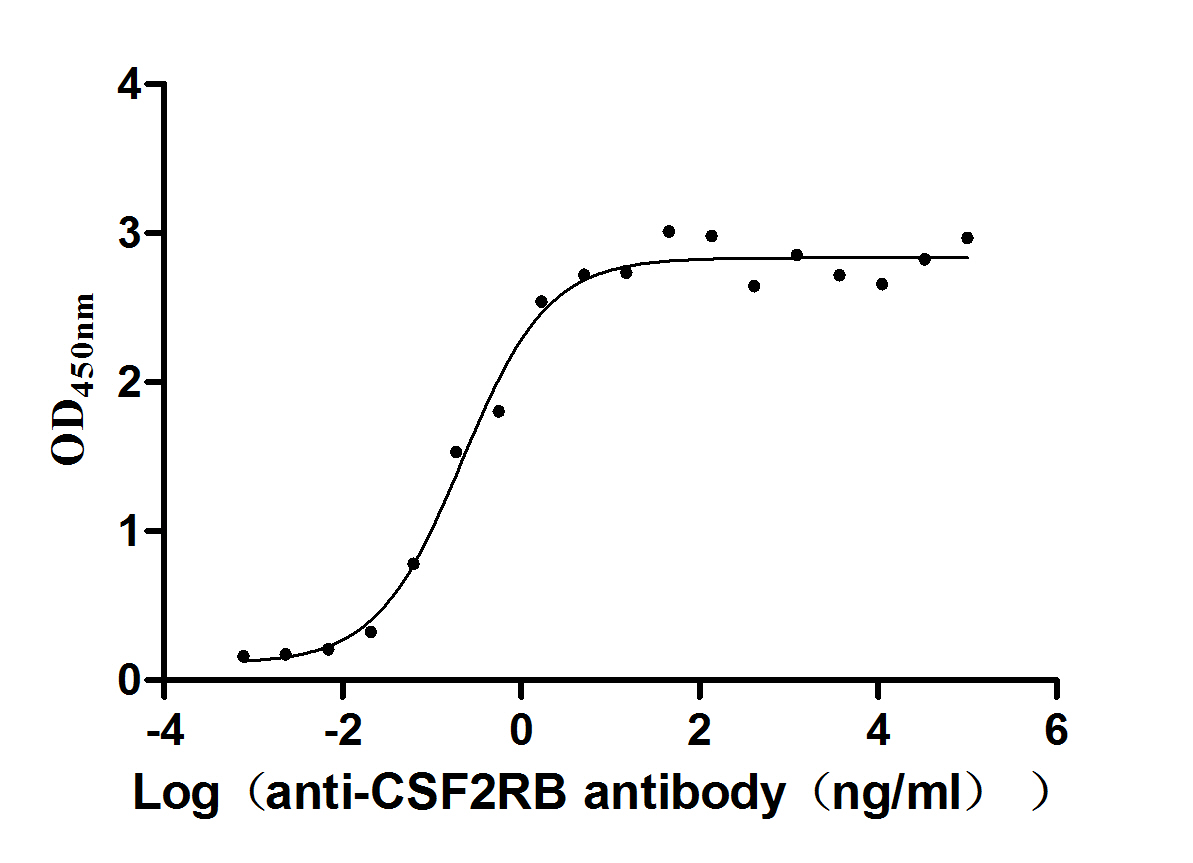
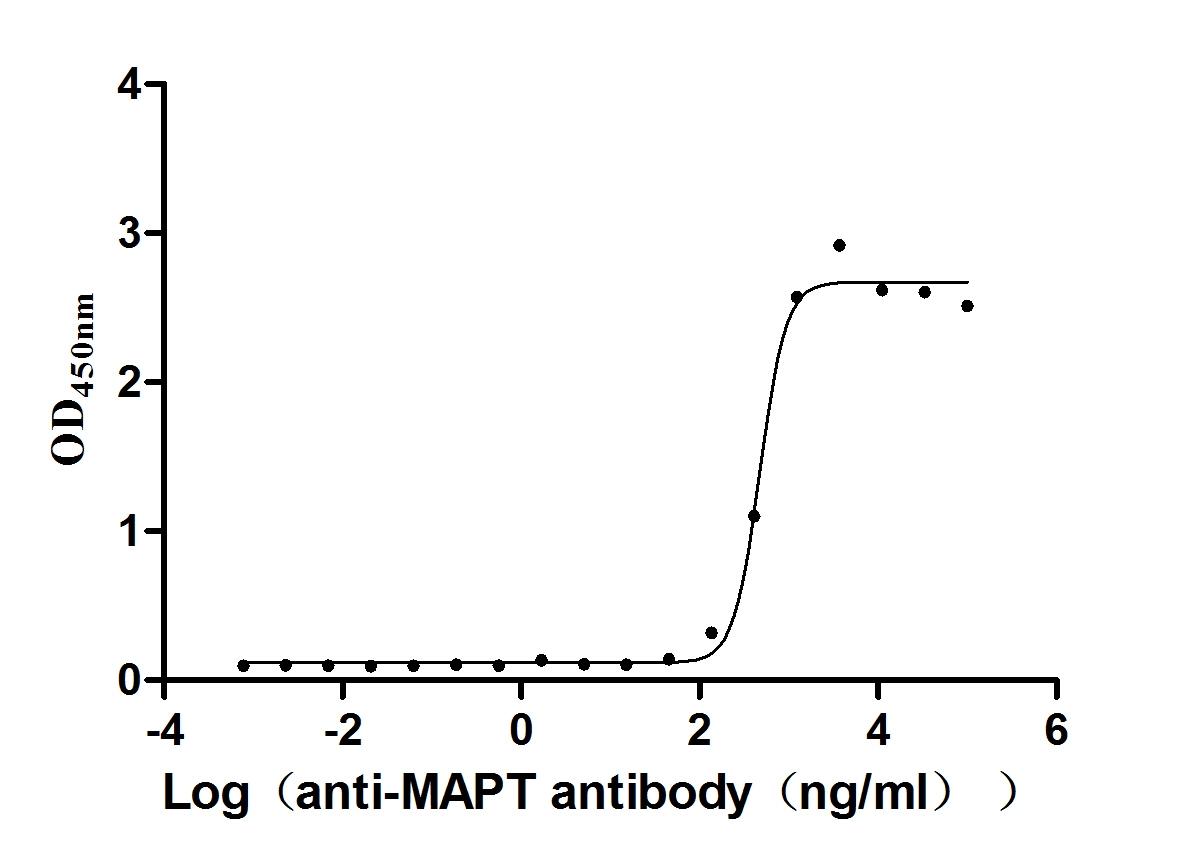
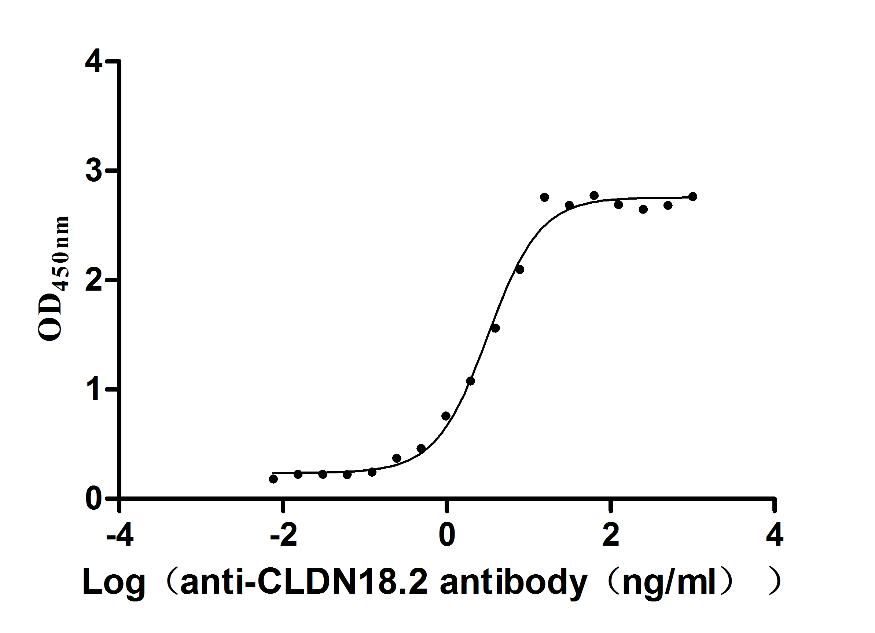
-AC1.jpg)
